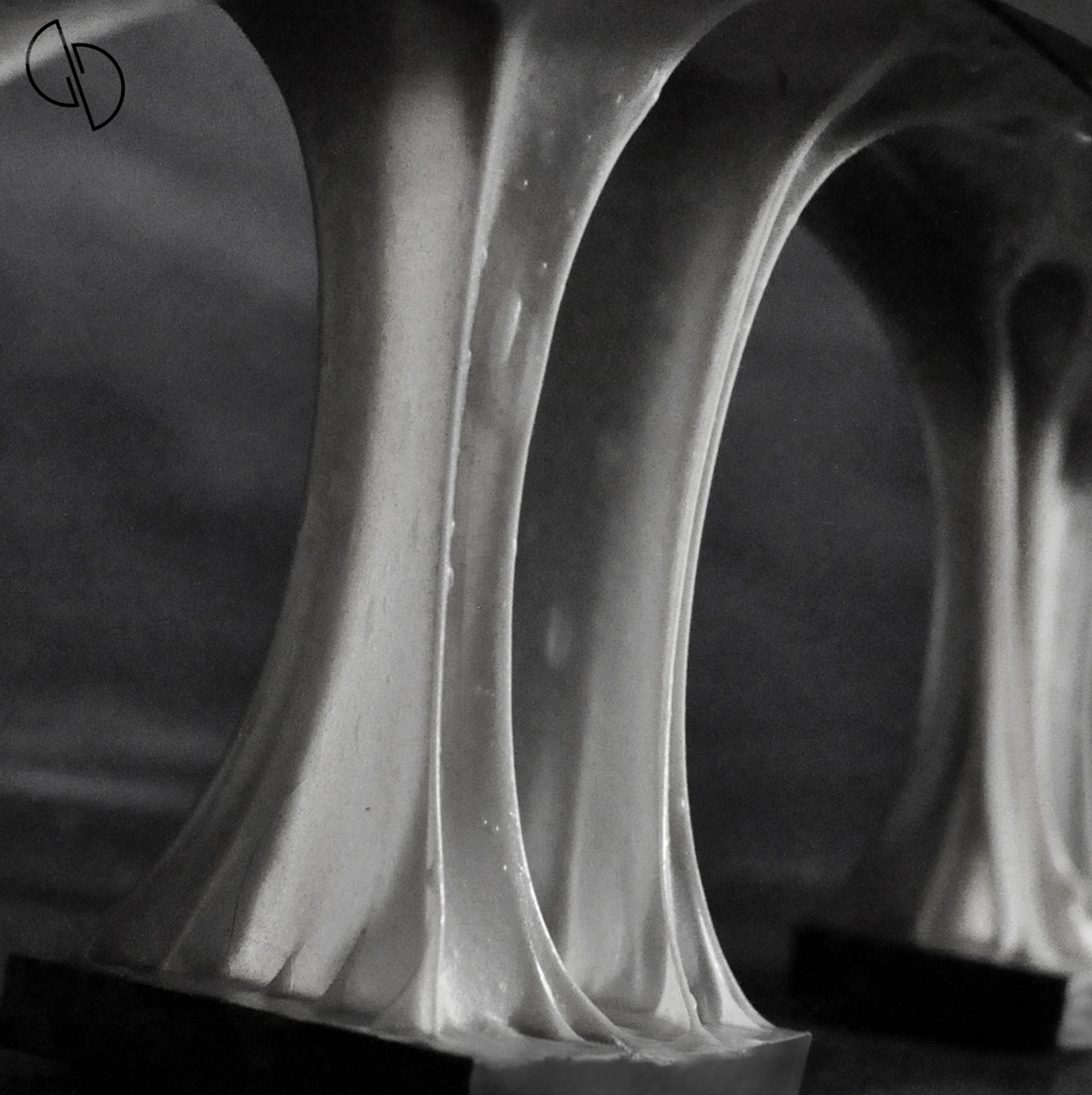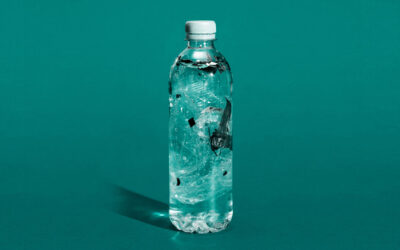My journey to co-founding binee starts by me leaving the hectic and stressful life of London. I knew I had to leave and find another place that would allow me to take some time to work on my own projects. After meeting my co-founder through the European Institute of Technology network, we decided to target the German market and got offered a place at the Leipzig accelerator SpinLab. binee is an interactive collection point for electronic waste, which incentivizes users to recycle their old electronics by rewarding them with discount coupons, such as a discount on their grocery shopping. We raised funds from EIT Raw Materials and ran a pilot in Leipzig, where we installed collection points in 20 different locations. While working on binee, the motivation to design other products never left me, so I was spending a lot of my spare time designing new products. This is where Nepenthes is born. Nepenthes is a sustainable packaging system, refillable and easier to recycle. While normal bottles for personal care products, such as shampoo, are made with different types of plastics, Nepenthes is made from only one material. Different types of plastics cause contamination during recycling, so each plastic type needs to be separated from the other. A big chunk of recycling cost goes to sorting. Since Nepenthes is a mono-material bottle, it does not need separation during recycling.
It is a disruptive bottle design for personal care products. It is a relatively insignificant object that we rarely consider. We use it without asking too many questions about it, so it gets often forgotten. However, my approach was to re-invent how a simple bottle is designed. The design got international recognition, winning a design award and being published in several platforms, such as
The Guardian and
FastCo. Since then, I started receiving requests from around the world from people and companies that would like to buy the bottle. My efforts within the circular economy do not stop at designing new products, I am also one of the board members of the
EIT Raw Materials Alumni Association which aims at creating a community of students and young professional around the topic of sustainably sourcing raw materials and generating secondary raw materials from processes like recycling. In addition, I am one of the participants of the
Circular Futures program, a program aimed at leading the change towards a circular economy.
At the dawn of my 30 years, I look back at why I ended up where I am now and doing what I do today. I was born in Milan (Italy), however, as I always say, I feel more southern Italian, as my whole family comes from a small fisherman village in the south of Italy, called Manfredonia. During my childhood, I lived in several countries. My dad had to move often for work, and we followed him everywhere, so I have not lived in Italy since I was 7 years old. Living 5 years in Holland and 6 years in France, I learnt to adapt quickly to different environments, which shaped my open-mindedness. I was raised in a rather traditional manner, so the right way was to get to university and find a job. I am the older sibling in my family, and throughout my childhood, I grew up showing my little brother the good example, by studying hard and getting good grades at school. However, after university, the situation reversed, and he became the role model with a stable job and a more stable life in general. Throughout my studies, my main interest was sustainable architecture, which means how to design buildings lowering their environmental impact, such as how to maximize natural lighting and ventilation, and how to use technologies to optimize their energy consumption. I was always very experimental in my studies. While all my professors were telling me to start drawing some plans and sections of a building, I was instead experimenting with using bioplastic as a way to make construction bricks. Despite the frustrations, I finished my Masters in Architecture back in 2013 and worked 2 years in international architecture practices between my bachelors and my masters degrees. Working as a full-time employee in a company has never been a great experience for me, as I was feeling only like a number, and the lack of control was often frustrating. I was always feeling like that was no place for me.
It took some time to realize that working as an architect was not really what I wanted to do as a profession. After 7 years in the architecture field, I started focusing on designing products at a smaller scale than a building; products we use on an everyday basis and re-designing them from a sustainable perspective. I did not have a role model to follow, as nobody in my family is an entrepreneur; I had to teach myself much of what I know today. My entrepreneurial spirit is mainly based on a strong, focused passion for sustainable design and determination to keep doing what I love despite all the failures. This passion is also what enabled me to get out of my comfort zone, quickly get over my struggles and start again with a stronger standpoint. As you try to live from your passion, the start is always quite unstable, especially financially. Freelancing as a designer has helped me to support my projects. I could use my technical skills related to graphic design, 3D modelling, rapid prototyping, to find secondary sources of revenue. Being part of the local startup community helps a lot in finding freelance opportunities, as you get in contact with many other professionals who are always on the lookout for design services.








